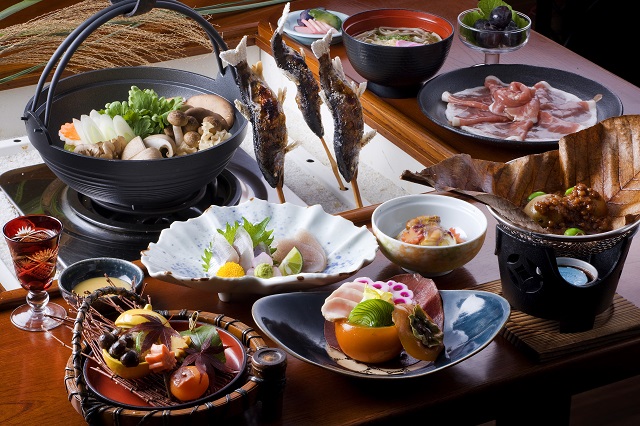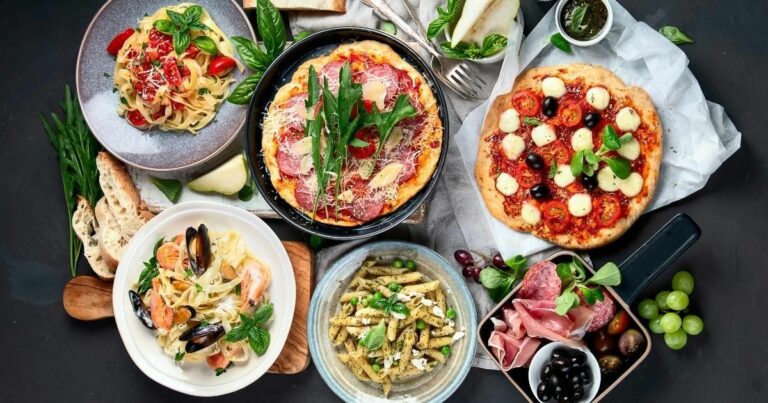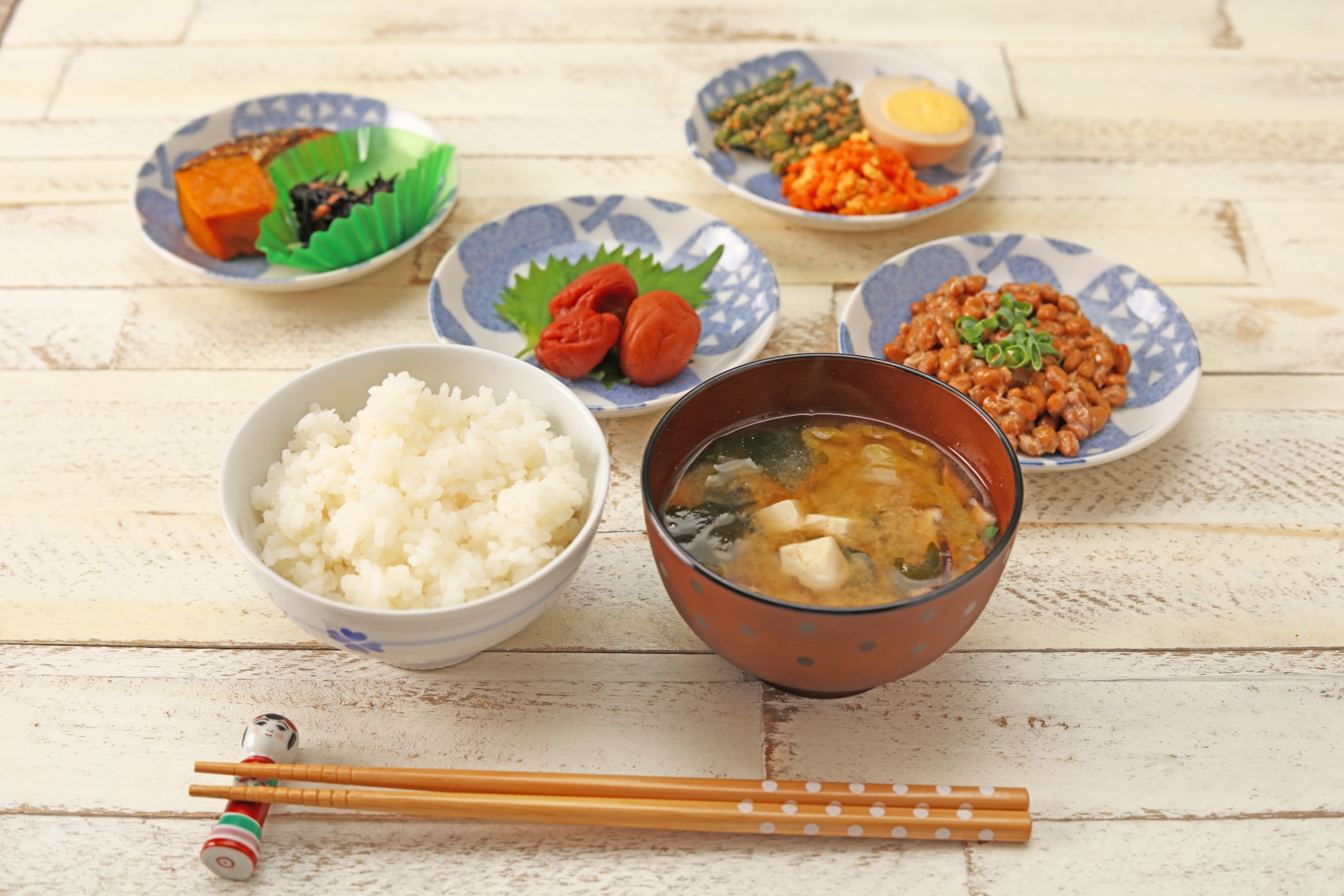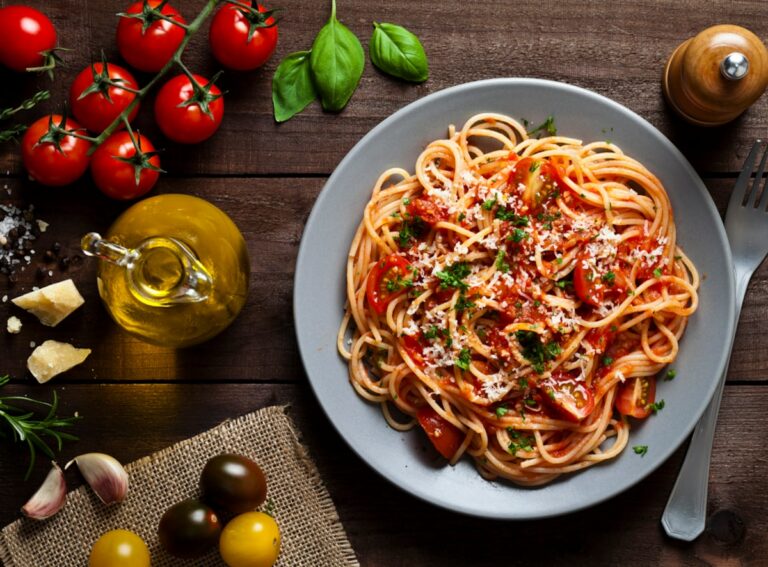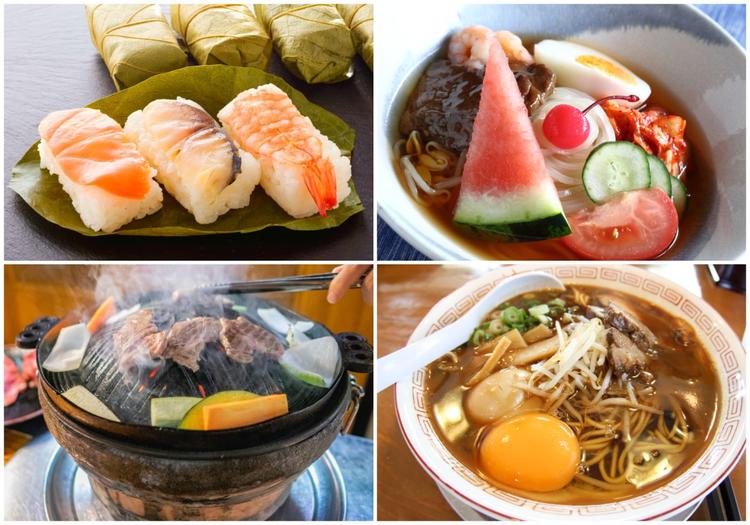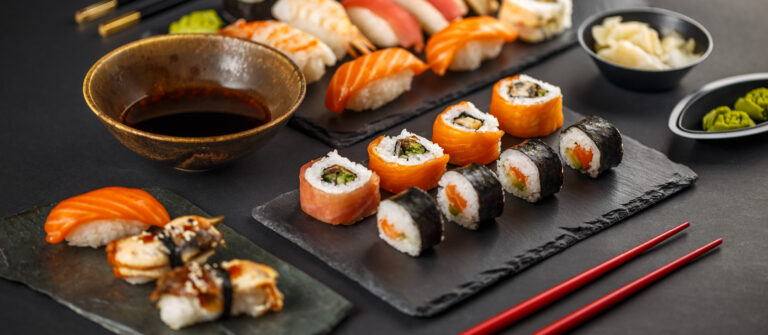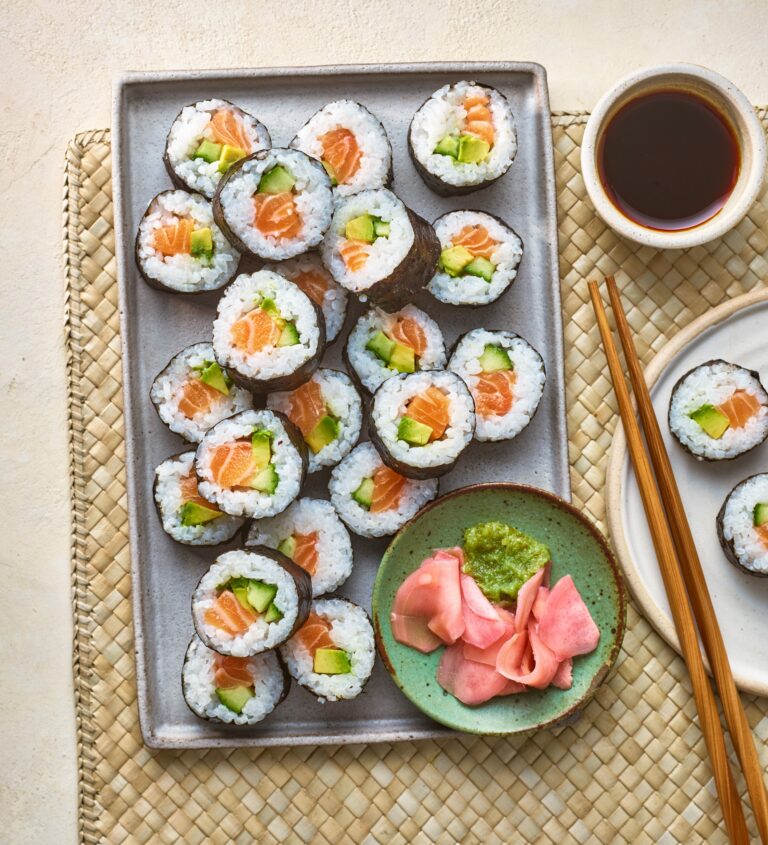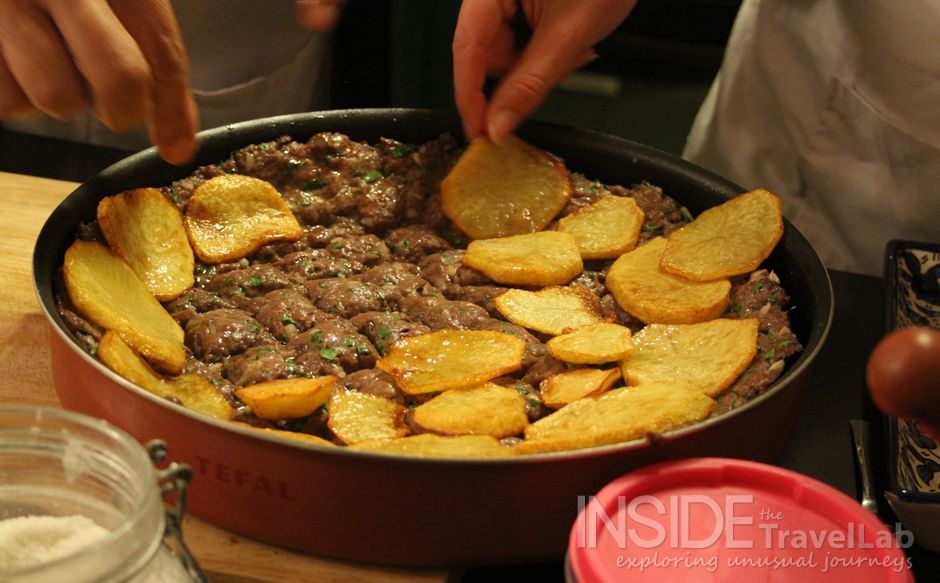Introduction: Turkish and Iraqi Cuisine
The cuisines of Turkey and Iraq are both rich in flavor and history. While there are similarities between the two, they also have distinct differences. Iraqi cuisine is heavily influenced by the country’s geography, history, and cultural diversity. It is known for its use of spices, herbs, and fresh ingredients. Turkish cuisine, on the other hand, is characterized by its use of meats, yogurt, and various spices.
Historical Connections: Ottomans and Iraq
Iraq was part of the Ottoman Empire for almost four centuries, from the 16th century until the early 20th century. During this time, the Ottomans left a lasting legacy on the country’s culture, including its cuisine. Many of the dishes that are popular in Iraq today have their roots in the Ottoman Empire. This includes dishes like dolma, kebab, and baklava, which are also common in Turkish cuisine.
Shared Ingredients and Dishes
There are several ingredients and dishes that are common to both Turkish and Iraqi cuisine. One of the most prominent is lamb, which is used in a variety of dishes in both countries. Other shared ingredients include yogurt, eggplant, chickpeas, and bulgur. Dishes that are popular in both countries include kofta, a type of meatball, and shish kebab, which is grilled meat on a skewer.
Regional Variations and Influences
While there are similarities between Turkish and Iraqi cuisine, there are also differences due to regional variations and influences. In Iraq, for example, the cuisine in the north is heavily influenced by the cuisine of neighboring countries like Iran and Turkey. In the south, the cuisine is influenced by the Persian Gulf and the country’s Arab neighbors. In Turkey, the cuisine varies depending on the region, with dishes like köfte and baklava being more common in the west, while dishes like kebab and pide are more popular in the east.
Contemporary Turkish Influences in Iraqi Cuisine
Today, Turkish cuisine continues to influence Iraqi cuisine. Turkish fast food chains like KFC and Burger King have become popular in Iraq, and Turkish coffee shops and bakeries can be found in many cities. Chefs in Iraq are also experimenting with Turkish ingredients and techniques to create new dishes that blend the two cuisines.
Conclusion: A Complex Culinary Heritage
Iraqi cuisine is a reflection of the country’s complex history and cultural diversity. While there are similarities with Turkish cuisine, there are also distinct differences due to regional variations and influences. As both countries continue to evolve, their cuisines will undoubtedly continue to influence each other, creating new and exciting dishes that reflect their shared heritage.


